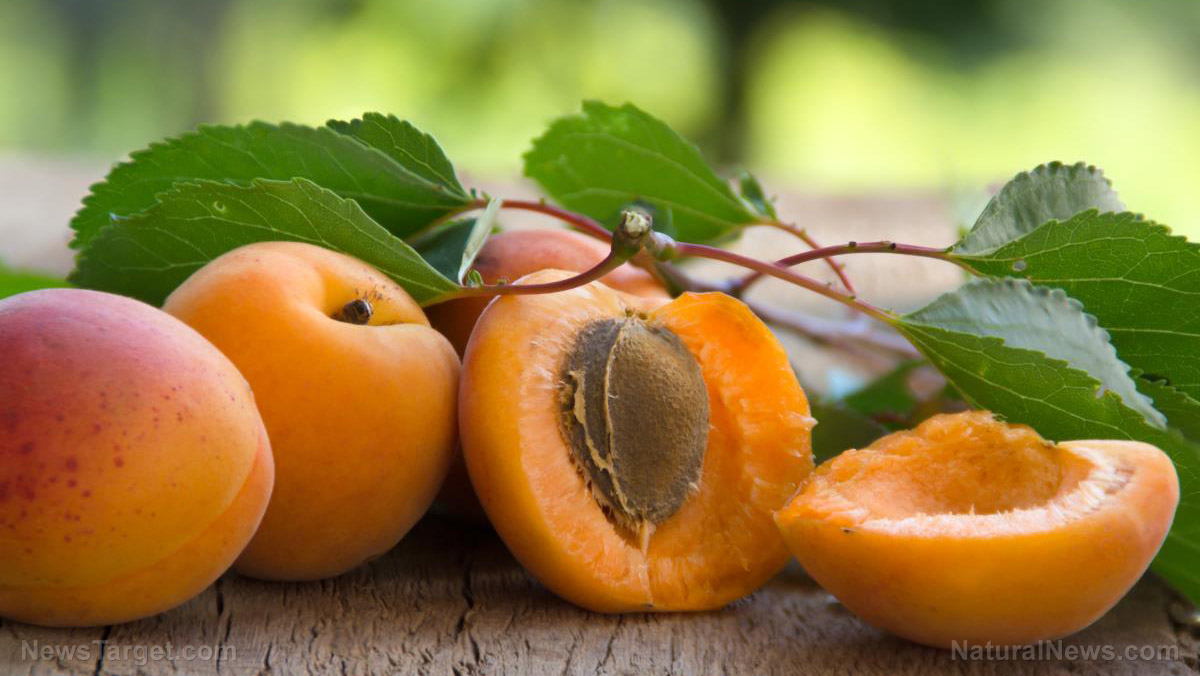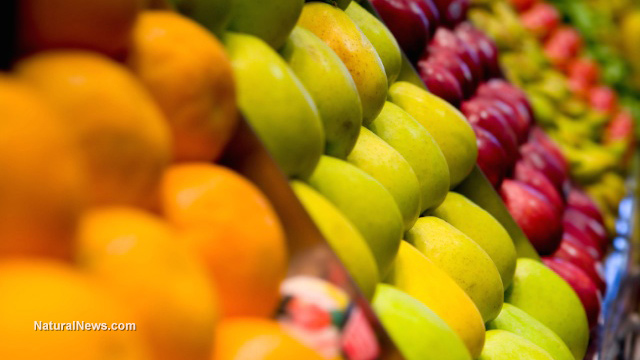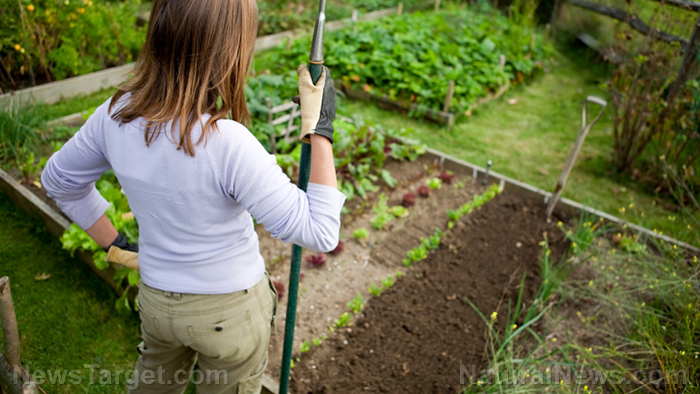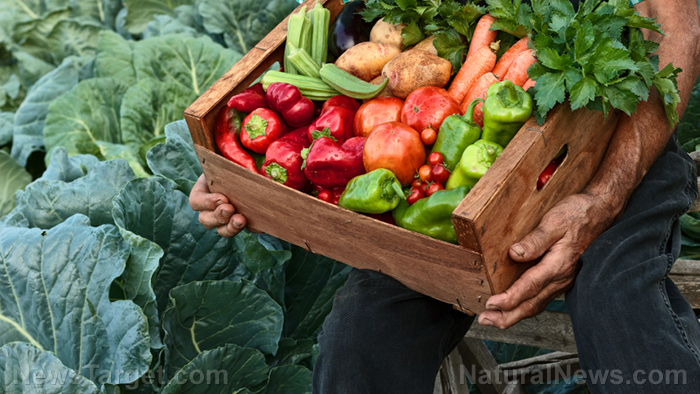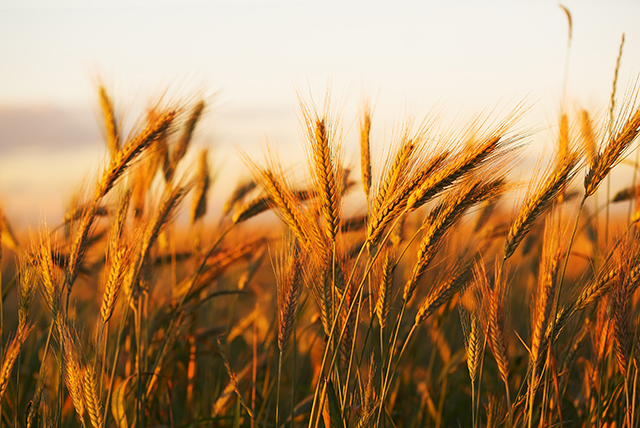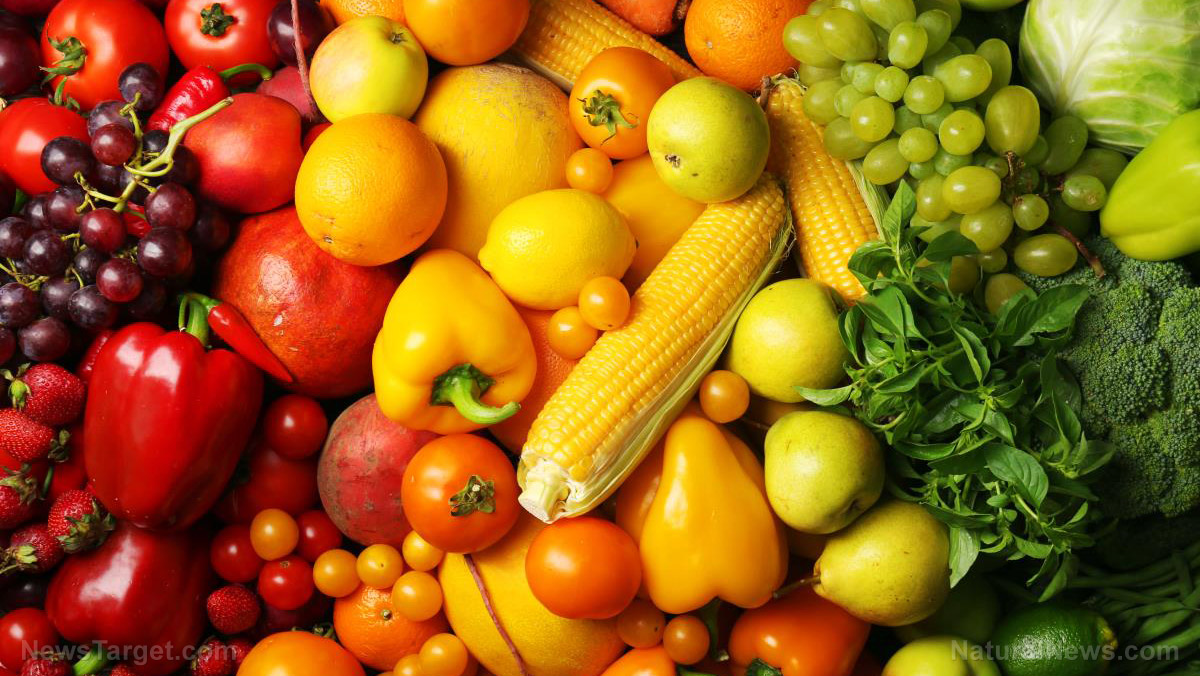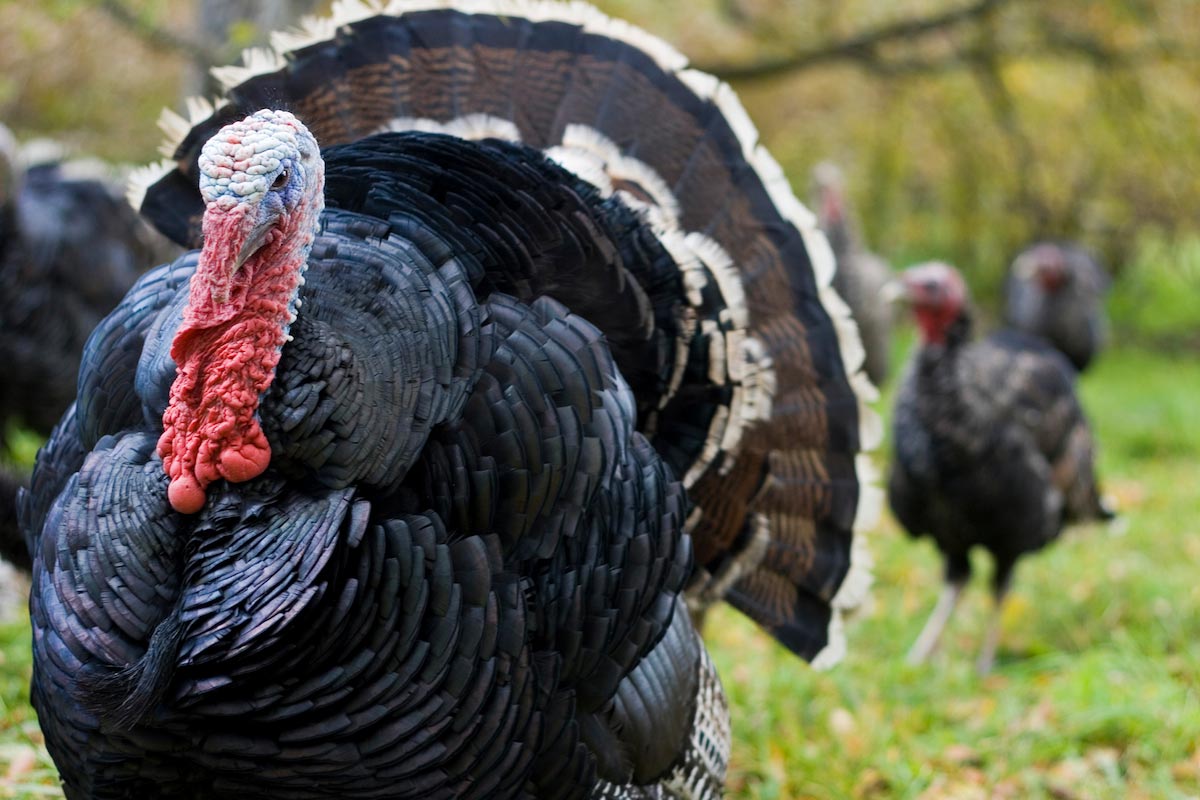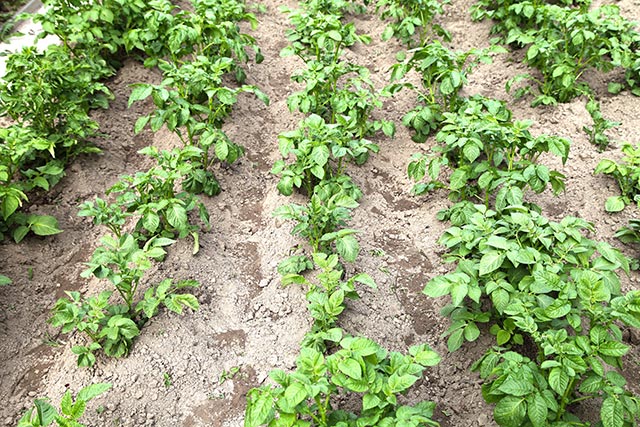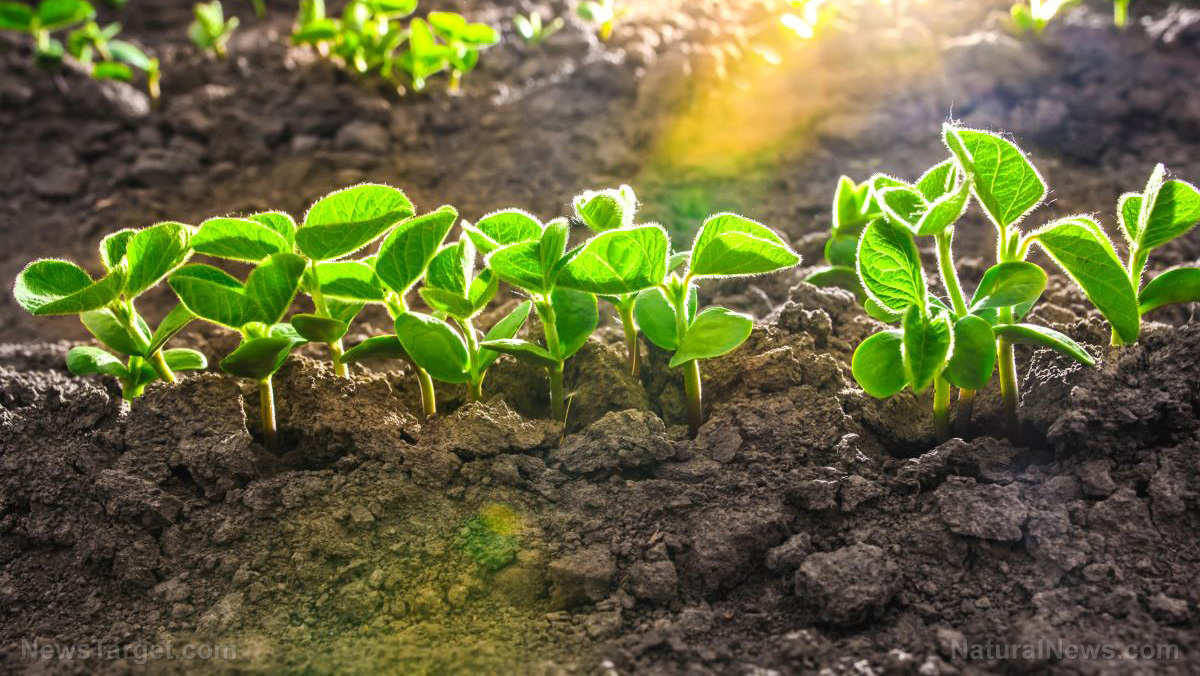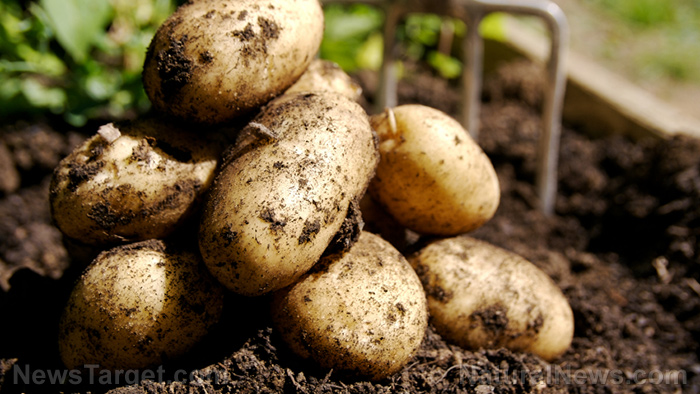It’s easier than you think: How to grow a vegetable garden
10/30/2017 / By Janine Acero

Have you ever thought of growing your very own vegetable garden? It may take some patience, but it’s easier than you think. You only need proper planning and knowing which vegetables are the best to plant based on your needs and gardening skill. Growing vegetables can be a fun activity, especially as a way to get the kids to spend time under the sun.
Starting a vegetable garden will work wonders for you – it’s a great way to save money and you won’t have to worry about running out of food. Planting one tomato plant will give you 10 pounds of fruit over the course of a season. Plus homegrown vegetables are almost always better in flavor and texture than the grocery store variety. (Related: 13 Foods you should only buy once… then grow forever.)
As a newbie in gardening, it’s best to start small when deciding what to plant. Plan it carefully, and you will enjoy the fruits of your labor. Here are some things to consider before you grab your garden trowel.
Planning and building your vegetable garden
Before anything, decide just how much food you and your family need to eat, and how many times are you willing to plant for it. Some vegetables like tomatoes, peppers, and squash will bear fruit all year long, while carrots, radishes, and corn produce only once. Next, consider building your vegetable garden in an area that has enough space for all your plants to grow freely. Remember that tight spaces force your plants to compete for nutrients. Some vegetables are happy to grow in containers; in fact, almost any vegetable can be grown in them. Just remember that big plants need big pots.
The next step, and arguably the most important step is finding that perfect spot. Your vegetables will need these three things in order to grow: sunlight, water, and the right kind of soil. Warm-season vegetables like tomatoes and peppers need six to eight hours of sunlight, but you can still grow leafy vegetables if you don’t get a lot of sun on your patch. Cool-season vegetables like peas may do better in light shade. Remember that your plants need full sun in order to produce more and avoid disease. Take care to keep your plants close to a water source. Warm-season vegetables will need regular watering. Lastly, make sure that you are using the right kind of soil for your specific vegetable. Most of the success of your first garden will come from the kind of soil you grow your plants in. Good soil is usually moist, well-drained and rich in organic matter such as a compost or peat moss. Soil temperature is also vital; keep a soil thermometer handy to keep track of the temperature.
Now you are all set to begin. Experienced gardeners recommend that you carefully plan the layout of your garden. There are two ways to do this.
- Row cropping – This approach is best for large gardens. Place the plants in rows, single file, with a walking path between each row. Mechanical equipment like tillers work best for removing weeds. Allow at least 18 inches between the rows so you have plenty of room to work between them. Place taller vegetables like tomatoes and climbing vines including peas, cucumbers, and planting beans at the north side of the garden.
- Intensive cropping – This is better for a garden grown in your front yard. Group your plants in wide bands, generally one to four feet across and as long as you like. The closer spacing of the plants will give you a limited area for paths and you will have to weed by hand.
Once you are done with the basic layout of your garden, you would need to test and fix your soil. To do so, first, soak the soil with a hose, wait a day, then dig up a handful of soil to test. Squeeze a lump of the soil, hard. If water streams out, add more compost to improve the drainage. If the soil doesn’t form a ball or falls apart after squeezing, the soil is probably too sandy. If the ball holds together after poking it with light force, your soil has too much clay. Add organic matter to improve sandy and clay soil. The soil is ideal if the ball breaks into crumbs after squeezing, like chocolate cake.
The next step is to dig the beds.
- Loosen your soil – Use a tiller or dig by hand to loosen the soil before planting your vegetables.
- Spread out soil – Spread out soil amendments such as compost and work them into the soil. Avoid stepping on freshly tilled soil.
- Smooth surface – After digging, smooth the surface with a rake then water thoroughly. Let the bed rest for several days before you plant.
- Test soil temperature – Use a soil thermometer to test if the soil is at the proper temperature for your plants.
You should now have a relatively basic set-up. This is where the fun begins. The next step involves choosing the varieties that you and your family want. Narrow your choices by using seed catalogs. Seed packages include instructions for starting seeds. Pick two or three varieties that seem promising; this way you’ll have other plants if one of the varieties doesn’t grow. You can also buy already-started vegetable plants from a garden center and grow them indoors.
Maintaining your garden
Congratulations! All you have to do now is to regularly care and feed your garden. Remember these tips:
- Water the top inch of soil per week for in-ground and warm-season vegetables; plants in raised beds may need watering every other day.
- Get rid of weeds regularly by using a hoe or hand fork to stir the top inch of soil to discourage weed seedlings.
- Keep your plants fertilized by digging in high quality compost at planting time or applying a packaged fertilizer. Make sure to follow the instructions and don’t apply more than recommended.
If you follow these tips properly, you should be able to harvest your crops quite easily. Many vegetables can be harvested at different stages. Leaf lettuce can be picked however young you like, it will still grow after you snip its leaves; zucchini and cucumber fruit can be harvested full grown or just a few inches long. With many vegetables, the more you pick, the more they will produce.
Remember that your yield will also depend on how well you are able to prevent diseases and stop pests from ruining your vegetables. Here are a few more tips to take note of:
- Use fences to deter pests such as moles and rabbits. Make sure the bottom of the fence extends about six inches under the soil to stop rabbits from digging underneath. Bigger pests like deer will need a fence at least eight feet above the ground to prevent them from jumping over.
- Put row covers (lightweight translucent plastic) on your plants to protect them from many insects and even light frost. Pick off larger insects and caterpillars by hand. Use insecticidal soap sprays to control harmful bugs. Make sure to read the label carefully and follow the directions to the letter.
- Make sure to water the soil and not the leaves of the plants to avoid fungal diseases. If a vegetable catches a disease, dispose of it in the trash; don’t mix sick plants into your compost pile.
Read more about gardening at GreenLivingNews.com.
Sources include:
Tagged Under: clean food, clean foods, edible garden, gardening, green living, greens, home gardening, homesteading, how to, Organic, Plants, self sufficiency, self-reliance, vegetable garden, vegetables

